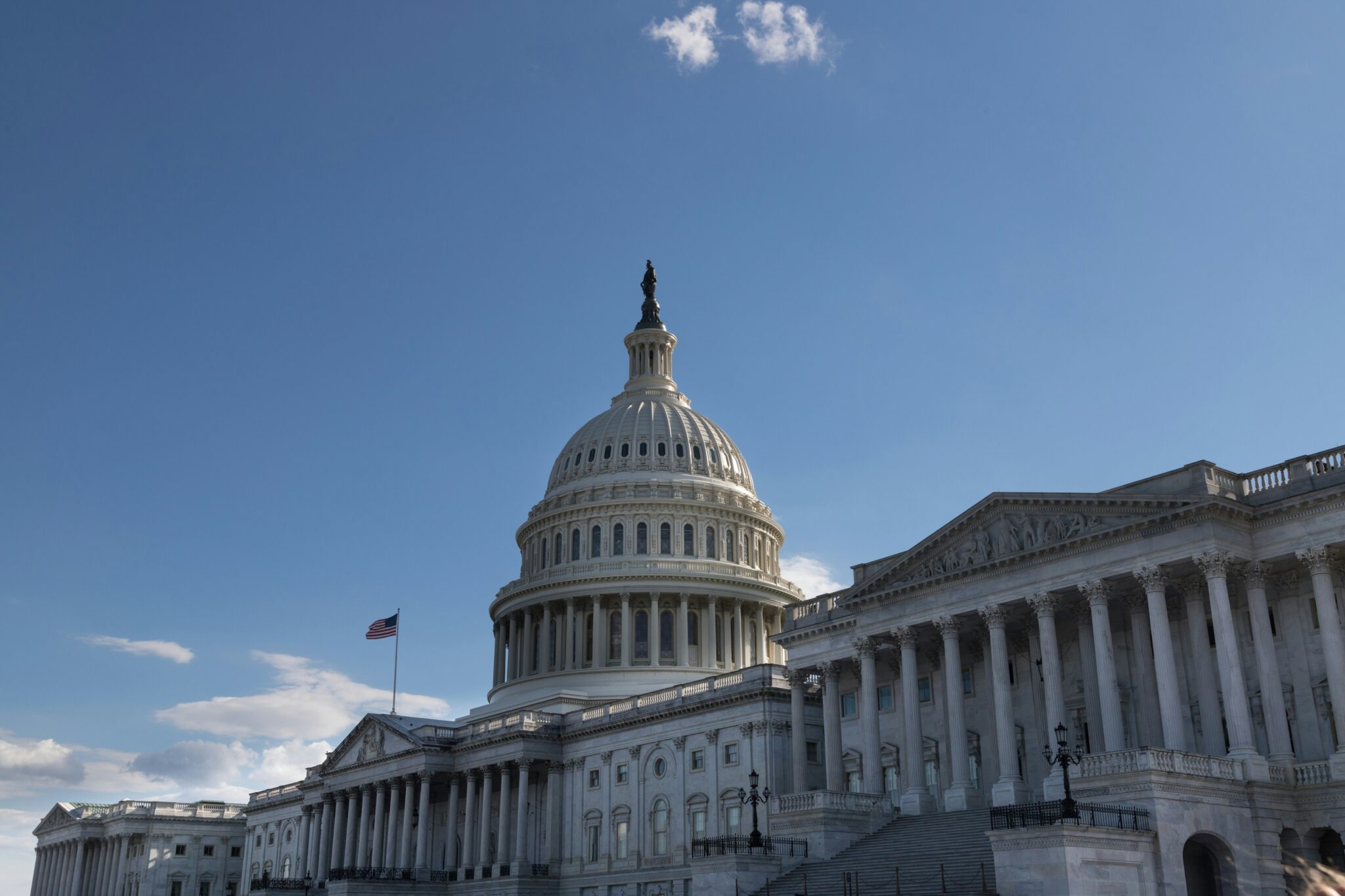In the last few twitter-fueled months especially, Capitol Hill has felt like that one yard famous in the neighborhood – the one where the kids know the walk from the gate to the stoop is a mined gauntlet of motion-activated scary things and sounds. A candy stash awaits if you can make it to the door. If you don’t run away screaming first, that is.
Oh, but we are not kidding. Behold! The panoply of things meant to scare the wits out of you, dear taxpayer, as you try to get to the door, and past the graveyard of Congress, where good policy has often gone to die – expensively, and at the expense of your wallet.
First up, the undead.
VAMPIRES
The Mixed Oxide fuel disposition program or “MOX,” is one of those vampiric federal programs that just won’t seem to die despite an army of Buffys wielding sharpened crosses. MOX started in 2000 as an idea to dispose of arms-grade nuclear material, whereby advanced and untested nuclear conversion technology would turn nuclear weapons into a source of fuel for civil power generation.
What sounded like a promising idea in theory has been become a night of the living dead stretched out for almost 20 years.
The program has seen schedule delays and frighteningly huge budget increases measured in decades and billions of dollars. The facility, initially slated to be completed in 2008 at a cost of $1 billion, would now cost roughly $17 billion and be completed in 2048, if funded at current levels. It’s time for congress to drive a stake through this one.
But at least vampires can die, if you get it right. As opposed to say, the greater challenge of the walking dead…
ZOMBIES
The F-35, known affectionately as “the plane that ate the Pentagon,” is the zombie of the defense budget – the thing just never ever seems to die, no matter what.
The F-35 is eating the Air Force budget alive, consuming 100 percent of the service’s combat aircraft in the Fiscal Year 2018 budget request (46 planes).
It’s on track to be the most expensive weapon system in U.S. history, and arguably not even the right weapon to counter the threats of the future (cough-terrorism-cough), with a price tag that will scare anyone witless. Paging Rick Grimes!
And then there are the things you can’t actually see.
GHOSTS
Exhibit A, the Overseas Contingency Operations fund, or OCO for short. It’s a years-long slush fund for the Pentagon and State Department, but no one else.
If OCO was an actual federal department, it would be the 5th largest agencyin the discretionary budget.
If you combined all OCO spending (State and Defense Departments), the total of $76.6 billion would be the 3rd largest agency in the discretionary budget. But hey, it’s not there. Not really. Good luck getting a real picture.
Want more things that are there but not? Look in the farm out back.
The promised agricultural subsidy savings are mere apparitions.
Created as part of the nearly $1 trillion 2014 Farm Bill, the so-called shallow loss programs are howlers. Originally projected to cost $27.2 billion over the ten-year scoring window of the 2014 Farm Bill, after just two years of payments they’ve cost $13.2 billion and are projected to cost an additional $52 billion over the next ten. It’s enough to make your head spin. We now have an opportunity to revisit the farm bill, which is still a nearly trillion dollar suite of programs, but apparently makes up only one percent of our economy’s annual production.
We promise you did actually see something, though. Just for a second. Unlike things that went bump in the night.
WHAT’S THAT NOISE?
Two words – tax reform. Which we hear is going to put treats in everyone’s basket. It’s been 30 years since the last tax reform, but lawmakers just agreed that it would be fine if it added $1.5 trillion to the national debt – which just crossed the $20 trillion threshold, and is going to cost $800 billion a year in interest payments in just 10 years time.
Tax reform needs to be comprehensive, and eliminate costly special interest breaks to drive down rates, not be a completely scary debt bomb.
And now that you’ve made it past all the frights in the yard, you’re finally at the door. But check before you eat the candy, kids!
ALL TRICKS!
We thought it could be a sweet deal when Interior Secretary Ryan Zinke reestablished the Royalty Policy Committee (RPC) to ensure a fair return for taxpayers by updating Interior’s royalty policies and collection practices. Taxpayers earn royalties from oil, gas, coal, and other resources produced by industry on federal lands.
But things started to go sour when Secretary Zinke neglected to include a taxpayer advocate on the committee, opting instead to focus on industry interests.
Before the RPC even met for the first time, the Secretary repealed a rule to help get taxpayers fair market royalties for coal, and pursued the repeal of a rule that would have earned taxpayers tens of millions of dollars in royalties on wasted natural gas. No treats here.
This is just a random assortment of some of the ghastly creatures that haunt the Capitol, where it’s Halloween every day. But we’re armed with stakes, garlic, and more. The better to take on the ghouls on behalf of taxpayers.










